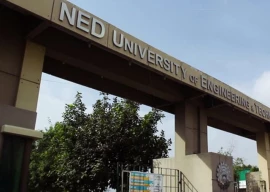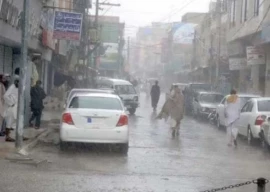
Crime scene management has protocols which have to be followed. The area needs to be cordoned off and secured properly and only those who are professionally competent as well as mandated are allowed access. None of this is happening. The reason: incapacity and incapability of our law enforcers to ensure this and a seemingly overwhelming desire of media personnel, senior government functionaries and bystanders to peep into what has already been an ordeal for the victims and their heirs. What serious professional people need to understand is that trespassing inside the scene of crime is not in any way part of the solution and, in fact, becomes a part of a bigger problem.
The post 9/11 world, replete with acts of terrorism, has fully exposed the capabilities, or lack thereof, of our law-enforcement agencies. While the initial years saw total chaos at such scenes, the later years have seen some semblance of professional handling of bombing scenes, albeit without any regular formal training. What we see today, in all fairness, is the result of a trial-and-error approach. As a law-enforcement community, we lack the required regime to be able to treat this issue in a holistic manner. The capabilities of some law-enforcement units have developed owing to practice and the experience of visiting such scenes over and over again, though this happens in fits and starts. Crime scenes where a dacoity or a burglary may have taken place, and, most importantly, murder crime scenes are still dealt with in the usual manner where collection of physical evidence does not take place in a very professional manner.
Crime scene management is about skills, knowledge and having the right attitude. Developing the first two requires investment in the relevant institutions. The third is important as well and is crucial to helping us improve our performance in this field. The Sindh police have taken the lead and formulated a standard operating procedure for crime scene management. This has to be coupled with developing the skills of our first responders which allows them to properly secure the scene after which the units concerned go and collect any physical and biological evidence. The latter is the harder part and much more dependent upon the attitudes of the “visitors” to such scenes who, for the most part, happen to be non-investigators. It is better to stay away from such scenes, letting those who are responsible and equipped manage the crime scenes. Of course, this is easier said than done. A huge effort is required to bring about the much needed attitudinal change and the Sindh police are up to the task.
Published in The Express Tribune, November 30th, 2010.








1729685382-0/Untitled-design-(57)1729685382-0-270x192.webp)










COMMENTS
Comments are moderated and generally will be posted if they are on-topic and not abusive.
For more information, please see our Comments FAQ